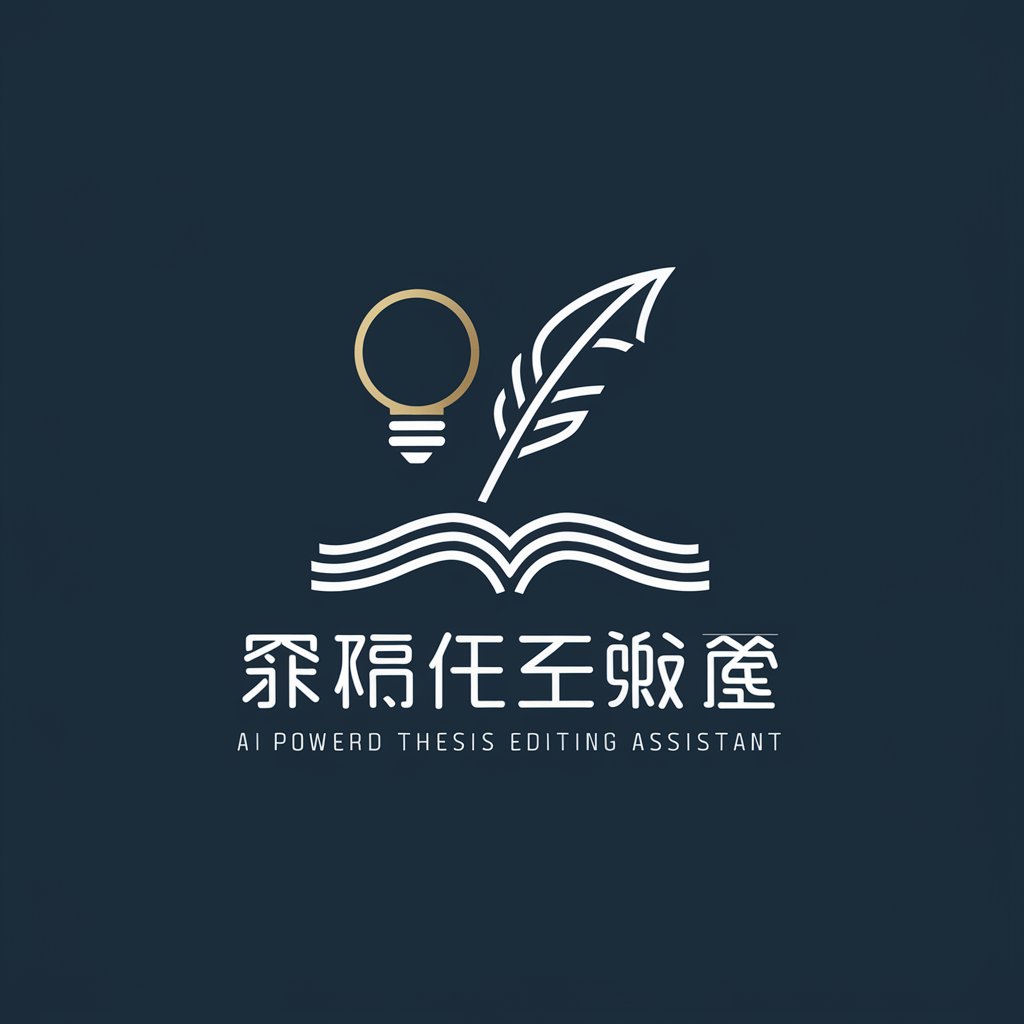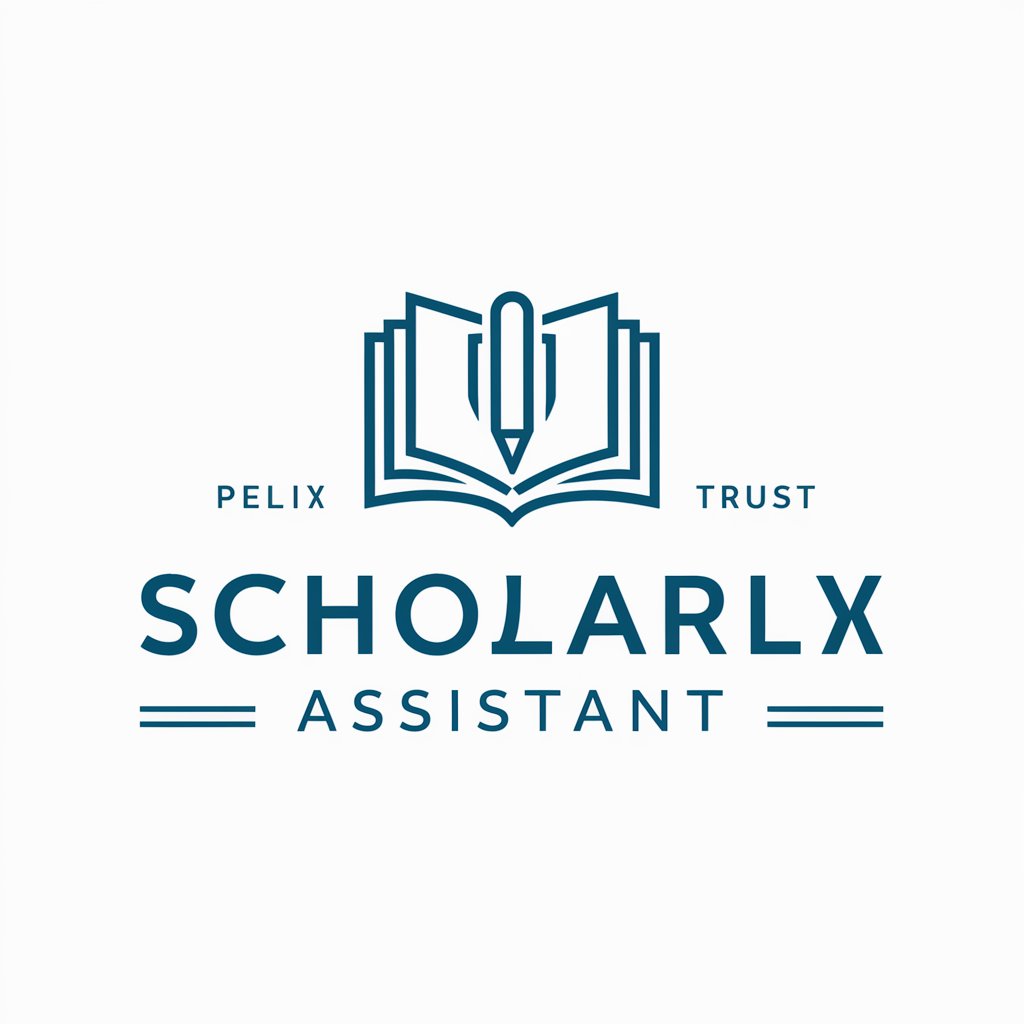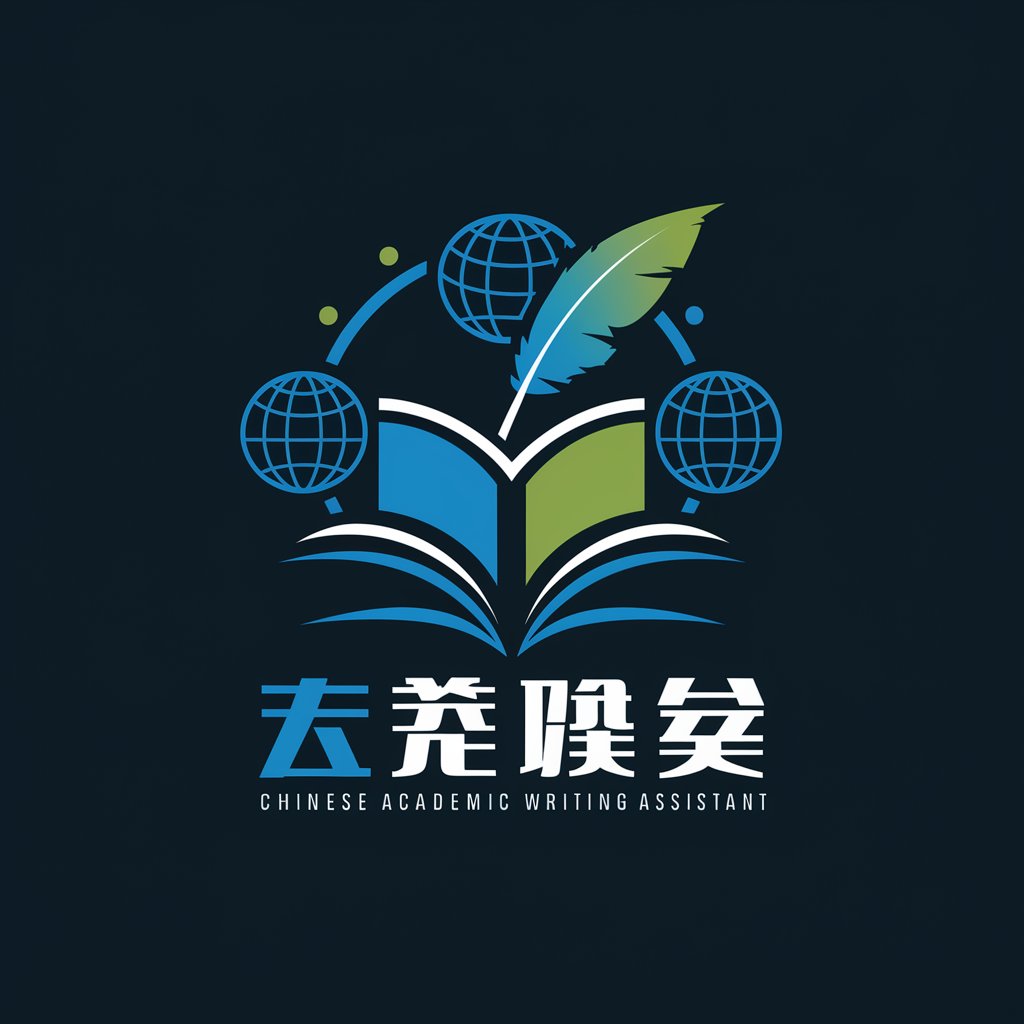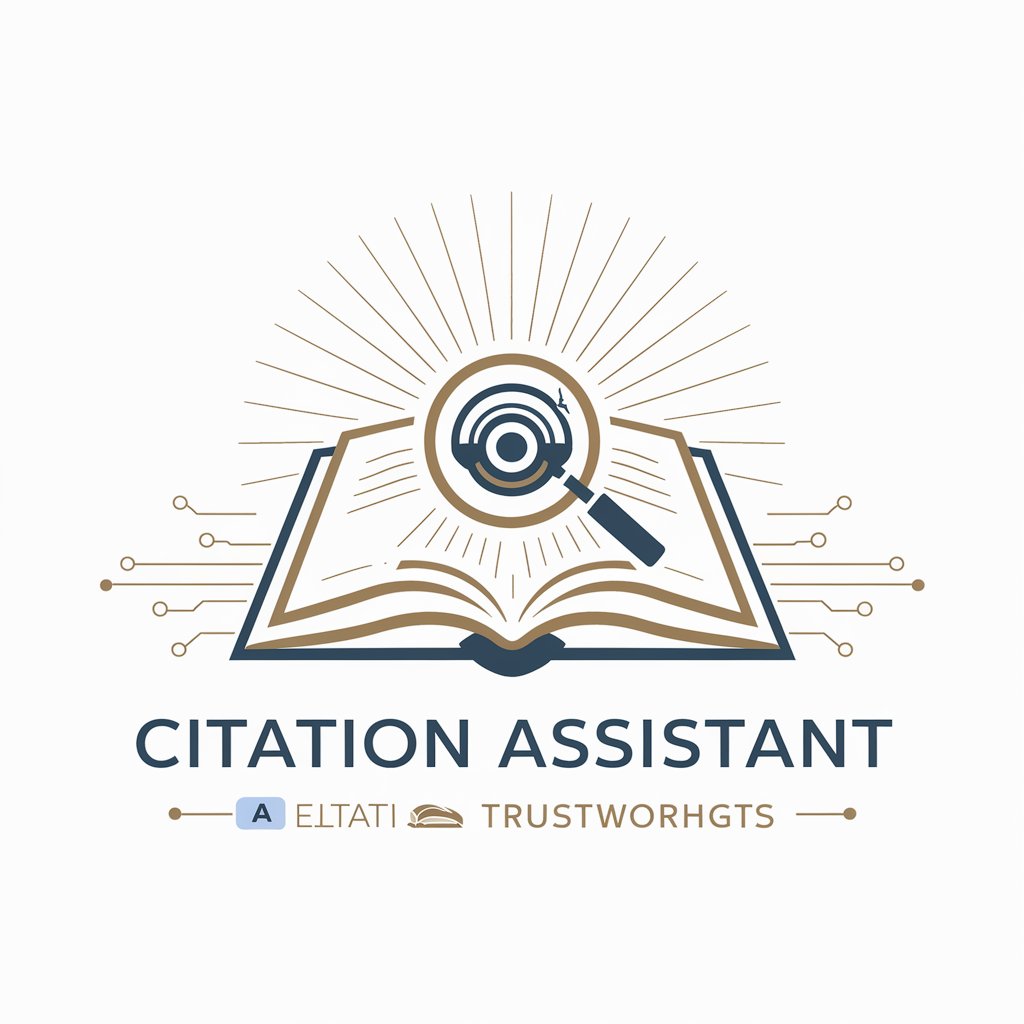
文獻助手 - AI-powered academic research assistant
你好!許我們開始用中文整理你的研究文獻。
AI-powered tool for academic insights
請總結這篇文獻的結論:
這篇文章的主要成果是什麼?
說明這項研究所使用的方法:
整理這篇研究文獻的主要角度:
Get Embed Code
Introduction to 文獻助手
文獻助手 is a specialized tool designed for the systematic organization, summarization, and analysis of academic literature. It helps researchers, students, and academics navigate through vast amounts of information by providing clear and concise summaries of studies, including their findings, methodologies, and conclusions. This tool is especially useful when dealing with complex research papers across a wide range of fields, offering a reliable means to condense key takeaways without losing critical context. One of its core principles is objectivity, ensuring that personal opinions or unwarranted interpretations are minimized. For example, if a user needs to review a series of papers on climate change mitigation strategies, 文獻助手 can provide structured summaries that focus on the methodologies used, the data collected, and the implications of each study, without straying into editorializing. This aids in comparing and contrasting research efficiently. Powered by ChatGPT-4o。

Key Functions of 文獻助手
Literature Summarization
Example
If a researcher is working on a thesis related to machine learning in healthcare, 文獻助手 can generate precise, detailed summaries of multiple studies, focusing on aspects like algorithm types, datasets used, performance results, and limitations.
Scenario
A PhD student who needs to process and synthesize hundreds of papers on healthcare technologies can use this function to obtain condensed and comparable notes from each paper, speeding up their literature review process.
Comparative Analysis
Example
Suppose a student is comparing various methodologies in studies related to renewable energy sources. 文獻助手 could compare the pros and cons of different models, such as wind energy vs. solar energy, outlining key technical details and outcomes from the studies.
Scenario
A professor preparing a lecture on sustainability could use this function to quickly gather comparative data on renewable energy research, enabling a deeper analysis of trends and differences in various methodologies.
Research Organization
Example
For someone involved in long-term research, like a meta-analysis on cancer treatment studies, 文獻助手 can help organize the literature by categorizing papers based on parameters such as date, type of cancer, or treatment method.
Scenario
A medical researcher conducting a meta-analysis on treatment efficacy for breast cancer could utilize this organizational feature to manage hundreds of studies, ensuring each is correctly categorized and easy to reference.
Methodology Extraction
Example
In a scenario where a team is developing a new AI model and needs to understand what methodologies have been used in similar work, 文獻助手 can extract specific technical methodologies from a range of relevant papers.
Scenario
An AI startup developing a novel machine learning algorithm can use this function to quickly gather insights into methodologies used in previously published research, helping the team adopt or adapt proven approaches.
Ideal Users of 文獻助手
Academic Researchers
Academic researchers, particularly those who engage in extensive literature reviews or meta-analyses, would greatly benefit from 文獻助手. These users often need to process large volumes of papers, and 文獻助手 allows them to efficiently summarize, compare, and organize studies, saving valuable time and effort.
Graduate Students
Graduate students working on dissertations or theses, especially those in fields like medicine, engineering, or the social sciences, can use 文獻助手 to streamline their research process. The tool’s summarization and comparative analysis functions help students focus on understanding key research without getting bogged down in information overload.
University Professors
Professors who need to prepare lectures, papers, or research proposals can leverage 文獻助手 to quickly access and organize the latest studies in their fields. Its ability to synthesize key information makes it easier for them to stay up-to-date on new developments and integrate this knowledge into their teaching or research.
Industry Professionals Engaged in R&D
Professionals in research and development, particularly in sectors like biotechnology, artificial intelligence, and environmental science, can utilize 文獻助手 to stay informed about the latest research trends, methodologies, and technological advancements. The ability to quickly extract methodologies and organize relevant papers is crucial for innovation in fast-paced industries.

How to Use 文獻助手
1
Visit yeschat.ai for a free trial without login, also no need for ChatGPT Plus.
2
Enter your specific research question or topic in the chat box to receive an in-depth literature review or research summary.
3
Provide any clarifications or specify additional details to refine the response, ensuring the analysis aligns with your academic requirements.
4
Receive structured academic information, summaries, or detailed research conclusions, which you can export or adapt for your projects.
5
Use tips such as narrowing the research topic or specifying the preferred citation format for tailored academic output.
Try other advanced and practical GPTs
NoAgenda
Unveil the power of AI-driven podcast analysis.

Ebook 作成クリエイターver1
Craft Compelling Ebooks with AI
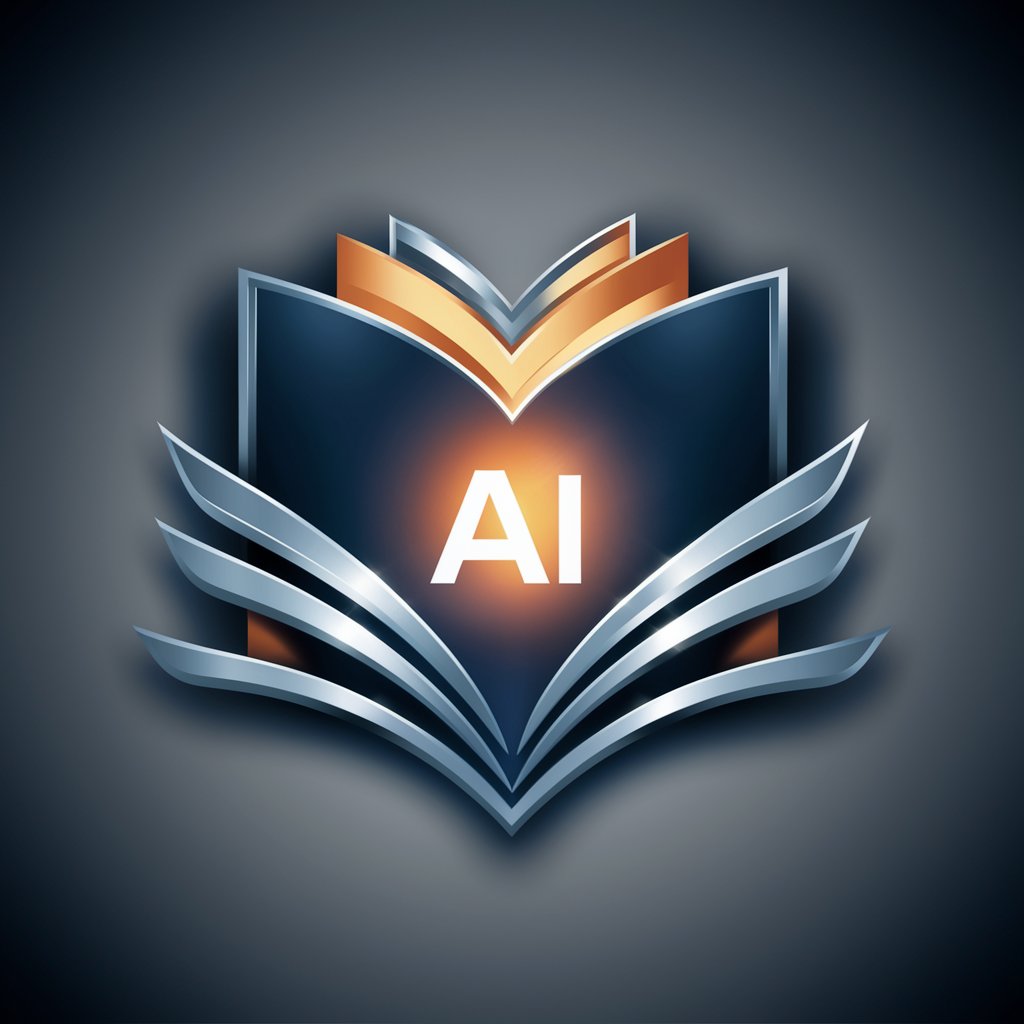
UFO Database Analyst
Decipher the skies with AI-powered insights
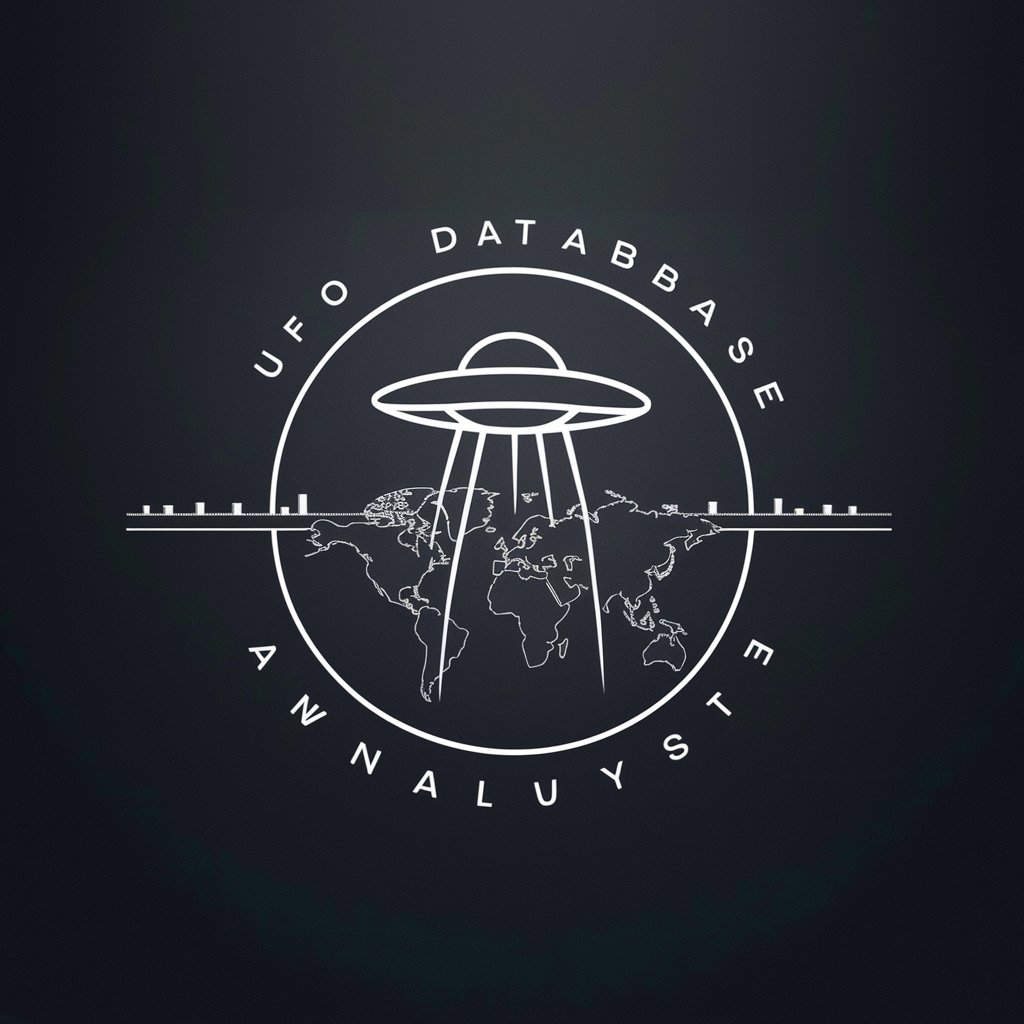
Master Elements AI Mentor
Empowering your journey to the best self
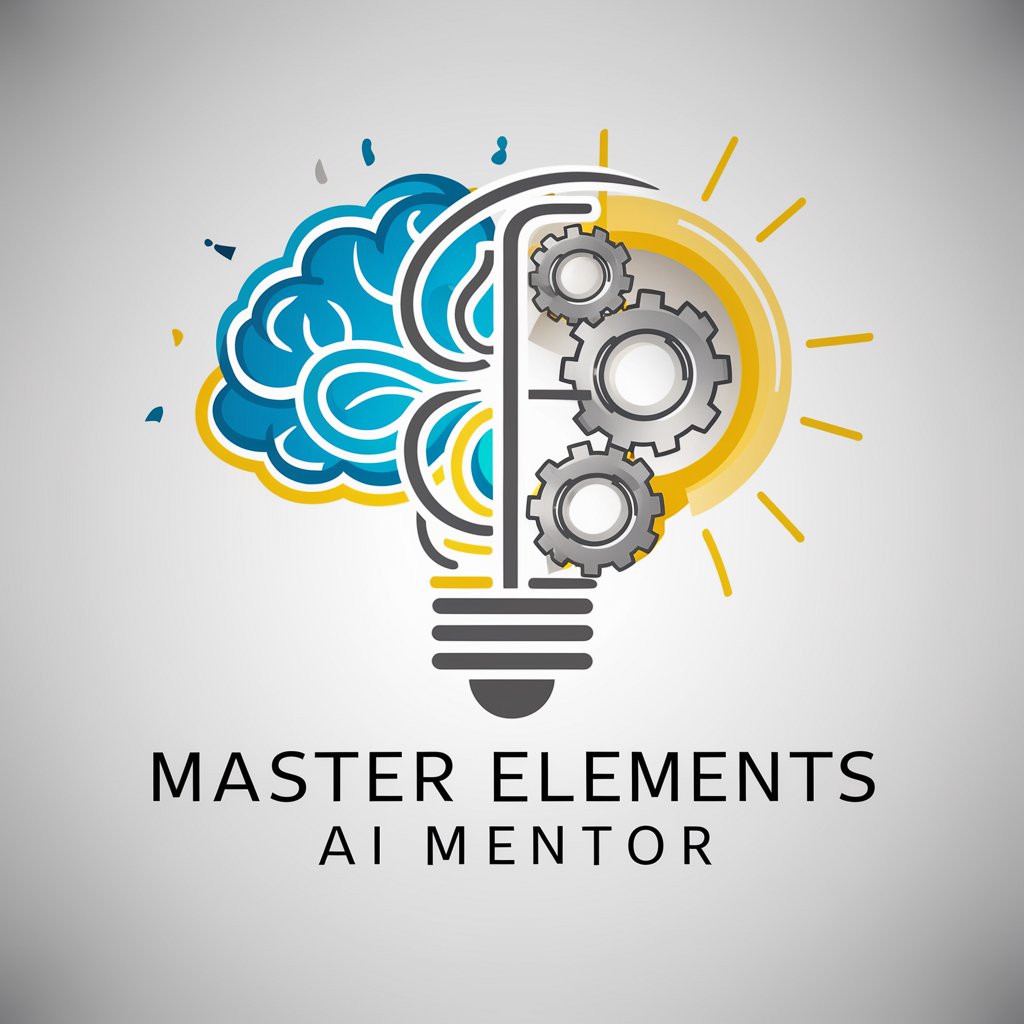
WP Plugin Creator
Automate WordPress plugin development with AI.

Mifex CopyGenie
Empowering Creativity with AI
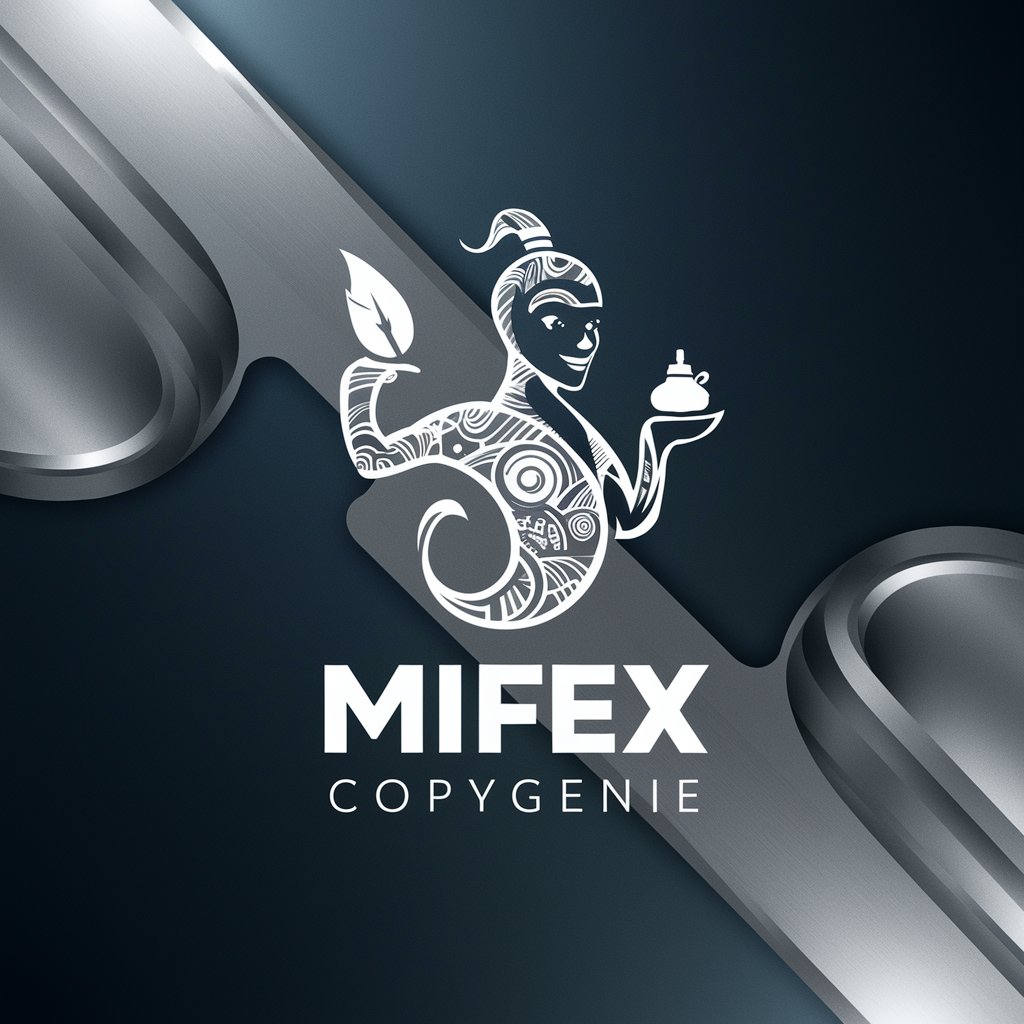
資金調達ヘルプくん【所要時間30秒】
Matchmaking Startups with Investors
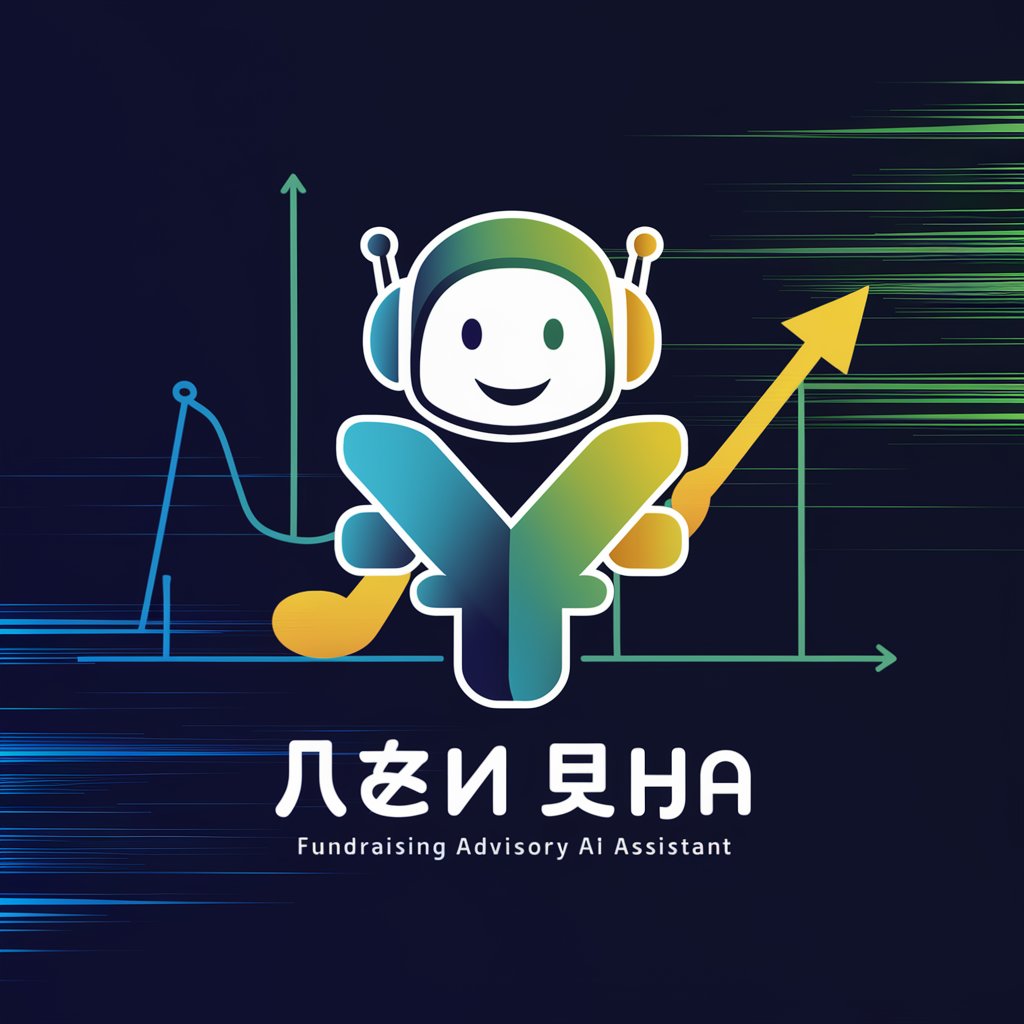
Game Development Assistant
AI-powered Roblox game development support

Uniqcret Doctor of Medicine AI
Empowering Future Medicine with AI

Мыслью по древу
Harness AI for witty, historical insights

AI Video Maker
AI-driven visuals for your video projects

Medical assistant AI PreDoc _ before see a doctor
AI-Powered Pre-diagnosis for Medical Guidance.

Q&A about 文獻助手
What types of academic content does 文獻助手 support?
文獻助手 supports a wide range of academic content, including literature reviews, research summaries, data-driven insights, methodologies, and conclusions across multiple disciplines.
How does 文獻助手 help with academic writing?
It offers structured academic content, helping you create well-researched sections such as introductions, literature reviews, and discussion points based on credible sources.
Can 文獻助手 be used for interdisciplinary research?
Yes, 文獻助手 is ideal for interdisciplinary research as it can aggregate and analyze data from various fields, providing a cohesive summary that bridges multiple domains.
Is prior knowledge in a field necessary to use 文獻助手?
No, the tool simplifies complex topics, making it accessible to both experts and those new to a field, ensuring you understand core concepts and findings effectively.
How is 文獻助手 different from other AI tools?
Unlike generic AI tools, 文獻助手 specializes in academic content, focusing on detailed, objective research summaries and providing structured information useful for scholarly work.
